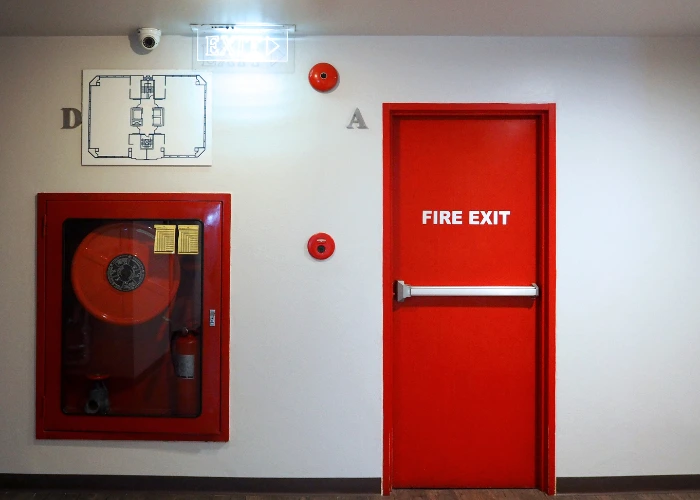
ADA inspection tool kits are indispensable resources for businesses, organizations, inspectors, architects, and individuals and are responsible for ensuring compliance with the Americans with Disabilities Act (ADA). These ADA inspection tool kits provide a range of benefits that contribute to the creation of accessible environments for people with disabilities. In this article, we explore the various advantages of using ADA inspection tool kits and how they foster inclusivity and ADA compliance.

ADA inspection tool kits are equipped with specialized tools and devices designed to provide accurate measurements and assessments of accessibility features. Measuring devices, slope indicators, and tactile rulers enable inspectors to precisely evaluate elements such as ramp gradients, door widths, pathway slopes, and tactile warning surfaces. By ensuring accuracy, ADA inspection tool kits facilitate thorough assessments and compliance with ADA rules and regulations, it also ensures accuracy in ADA knee clearance.
By streamlining the inspection process, ADA inspection tool kits help save time and resources for businesses, organizations, and inspectors. Digital tools and mobile applications enable efficient data collection, analysis, and reporting, reducing the time required to conduct assessments.
ADA inspection tool kits enable inspectors to conduct comprehensive assessments of accessibility features in various settings, including buildings, facilities, transportation systems, and outdoor spaces. Inspectors can evaluate a wide range of elements, such as entrances, parking facilities, restrooms, signage, and pathways, to ensure compliance with ADA standards and guidelines. By conducting thorough assessments, businesses and organizations can identify accessibility barriers and implement targeted solutions to improve accessibility for individuals with disabilities.
For businesses, organizations, and architects, ensuring compliance with ADA standards is essential to avoid legal liabilities and promote inclusive environments. ADA inspection tool kits provide the necessary tools and resources to verify compliance with ADA requirements and regulations.
Inspectors can use specialized tools to measure dimensions, assess slopes, and evaluate tactile elements, ensuring that architectural features meet accessibility standards. Compliance verification not only reduces risk but also shows a commitment to accessibility and social responsibility.
Ultimately, the use of ADA inspection tool kits contributes to the promotion of inclusivity and the creation of environments that are accessible to individuals of all abilities. By identifying and addressing accessibility barriers, businesses, organizations, and architects foster environments that welcome differences and accommodate the needs of individuals with disabilities. Accessible spaces not only comply with legal requirements but also reflect a commitment to equity, dignity, and respect for all individuals.

ADA inspection tool kits offer numerous benefits that support the creation of accessible environments and the promotion of ADA-compliant environments.
From ensuring accuracy and efficiency to facilitating compliance verification and data-driven decision-making, these toolkits play a vital role in advancing accessibility efforts across various sectors. By leveraging the benefits of ADA inspection tool kits, businesses, organizations, inspectors, architects, and individuals can contribute to the realization of a more compliant society where everyone has equal access and opportunities.



Navigating building code compliance means balancing three distinct frameworks: the Americans with Disabilities Act (ADA), the International Building Code (IBC), and the National Fire Protection

Vague ADA deficiency reports cost thousands in rework and project delays. Contractors need specific measurements, clear photographs, exact code references, and actionable remediation steps to